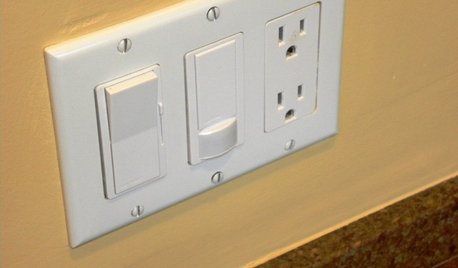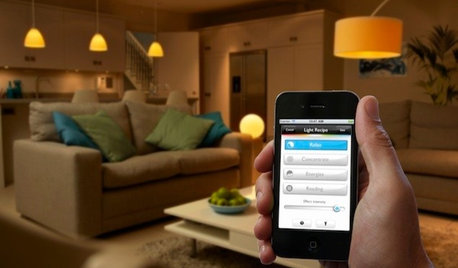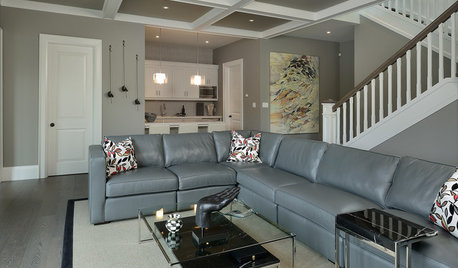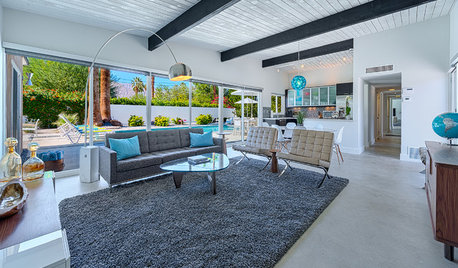CFL bulbs and Dimmer Switches (& not the obvious question!)
lee676
15 years ago
Related Stories

GREAT HOME PROJECTSHow to Install a Dimmer Switch
New project for a new year: Take control of your lighting to set the right mood for entertaining, dining and work
Full Story
LIGHTING5 Questions to Ask for the Best Room Lighting
Get your overhead, task and accent lighting right for decorative beauty, less eyestrain and a focus exactly where you want
Full Story
LIGHTINGWhat to Know About Switching to LED Lightbulbs
If you’ve been thinking about changing over to LEDs but aren't sure how to do it and which to buy, this story is for you
Full Story
GREEN DECORATING8 Questions to Help You See Through Green Hype
With the ecofriendly bandwagon picking up some dubious passengers, here's how to tell truly green products and services from the imposters
Full Story
HOME TECHHere's a Bright Idea: Smart Bulbs for Better Lighting
Lightbulbs that can change brightness and color with a cell phone command show flashes of design brilliance
Full Story
GREAT HOME PROJECTSHow to Switch to a Tankless Water Heater
New project for a new year: Swap your conventional heater for an energy-saving model — and don’t be fooled by misinformation
Full Story
COLORWant Gorgeous Interior Colors? Look to the Light
See how to manipulate natural and artificial light — and learn about those baffling new bulbs — to get the exact room colors you want
Full Story
LIGHTINGBask in Lamplight's Comfort This Season
Get pro insight on lamp styles, shades and ever-confusing bulbs to enjoy the benefits of lamplight on long, cold nights
Full Story
TRANSITIONAL STYLEModern Lighting Gives Traditional Homes a Twist
Bring your home into the present by flipping the switch on a lighting upgrade
Full Story
KITCHEN DESIGNThe Ecofriendly Kitchen: Light Your Kitchen Right
Harnessing the daylight is a terrific choice for earth-friendly kitchens, but it's not the only one
Full Story






geniere
brickeyee
Related Professionals
Aberdeen General Contractors · Big Lake General Contractors · Evans General Contractors · Henderson General Contractors · Jacksonville General Contractors · Medway General Contractors · Modesto General Contractors · Niles General Contractors · Signal Hill General Contractors · Warrenville General Contractors · Elmhurst Solar Energy Systems · Glendale Home Automation & Home Media · Pittsburgh Home Automation & Home Media · Saint Augustine Home Automation & Home Media · Seattle Home Automation & Home Medialee676Original Author
pharkus
lee676Original Author
pa_electric_man
lee676Original Author
aliris19
jaansu
DavidR
DavidR
lightbulb_gmail_com
saltcedar
DavidR